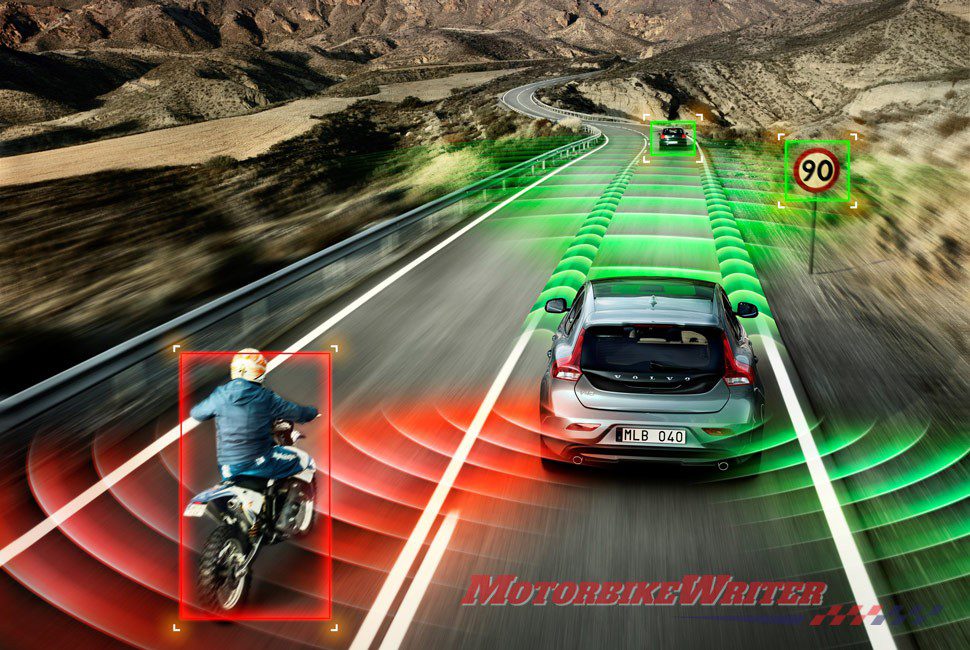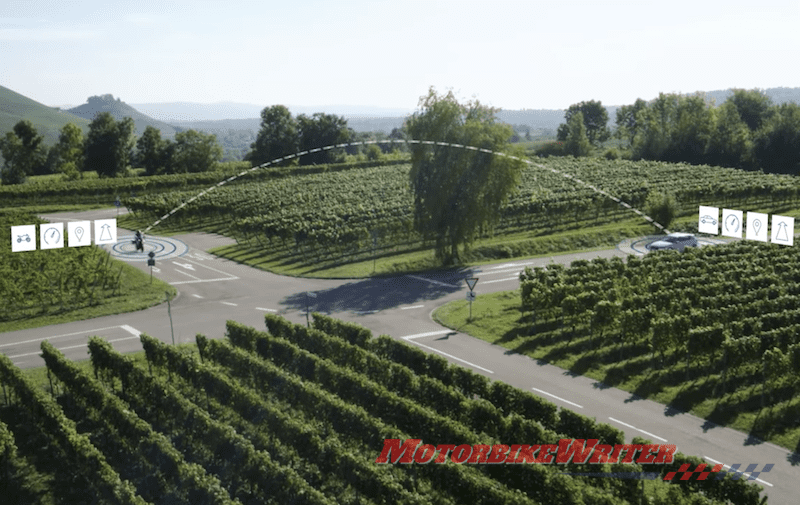Autonomous vehicles have several positive outcomes for riders including greater safety, improved riding experience and attracting new riders, and should be included in rider training curricula, an American conference has found.
The recent “Intelligent Transportation Systems and Automated Vehicle Applications Impacts on Motorcycle Safety” hosted by the Motorcycle Industry Council (MIC) and Congressional Motorcycle Caucus declared its support for riders through education and awareness, and acknowledged the important role of motorcycles in a connected and autonomous future.
These positive sentiments about an autonomous future are in stark opposition to the pessimistic and dystopian views of some riders and even filmmakers. Click here to see a trailer of The Last Motorcycle on Earth.
It also comes despite a group of American motorcycle industry luminaries, aptly called “Give a Shift”, warning that motorbikes are in danger of being killed off by autonomous vehicles.
In Australia, the National Transport Commission will draft national laws by 2020 that allow for an automated driving. So far, its policy paper includes only one mention of motorcycles despite the Motorcycle Council of NSW making a submission.
Positive comments
MIC federal affairs manager Callie Hoyt told the meeting that autonomous vehicles were a life-and-death matter for riders.
“Visibility on the road can equate to life or death for motorcyclists, and human error is a major factor in that equation,” he said.
“If emerging connected and automated technologies are developed to correctly detect and respond to motorcycles, their deployment holds the potential to considerably decrease motorcyclist injury and fatality rates.”
Panelists discussed how connected and autonomous applications relate to motorcycles, how the applications can supplement one another, and the overall positive effect widespread connected and automated technology can have on motorcycling.
Both the House and Senate have been developing legislation that would establish the first federal regulatory framework for autonomous vehicle (AV) technologies. The briefing recognised the importance of ensuring that the needs of everyone on the road — particularly motorcyclists — are addressed in AV legislative and regulatory landscapes, as well as in real-life applications.
Caucus co-chair Tim Walberg, who is a motorcyclist, said there was significant opportunity for connected and automated vehicle technologies to improve safety for riders and stressed the need to ensure that they do so. He referenced his own riding experiences and the advanced vehicle technology testing and deployment in his home state, Michigan.
The panelists provided presentations on the work and research their companies are doing with these emerging technologies. Panelists agreed that connected technologies could bring about more immediate advances to motorcycle safety.
Gary Higgins of Honda and Sam Campbell of BMW spoke about their companies’ engagement in the Motorcycle Safety Research Consortium and the industry-wide effort to establish a framework for connected motorcycles.
Autonomous concerns
Shane McLaughlin of Virginia Tech addressed concerns from the motorcycle community regarding autonomous vehicle applications and that they are being developed to consistently detect and respond to motorcycles.
The panelists were also positive about how connected systems in infrastructure could work with automated vehicle systems to allow vehicles to “see” not only the direct space surrounding them, but also much farther down the road.
The panelists agreed that AV and connected technologies could help reduce rider anxiety and attract new riders by making roads safer in part by removing many elements of human error.
The industry and congressional meeting also found that autonomous technology would affect motorcycle rider training programs and discussed the need to train riders on how to interact with connected and automated vehicles.




